I received the gut microbiota analysis free of charge
Table of Contents
1. Health check (Immune system problems?)
First, it’s relevant to have an overview of my health in 2022 to understand the context here.
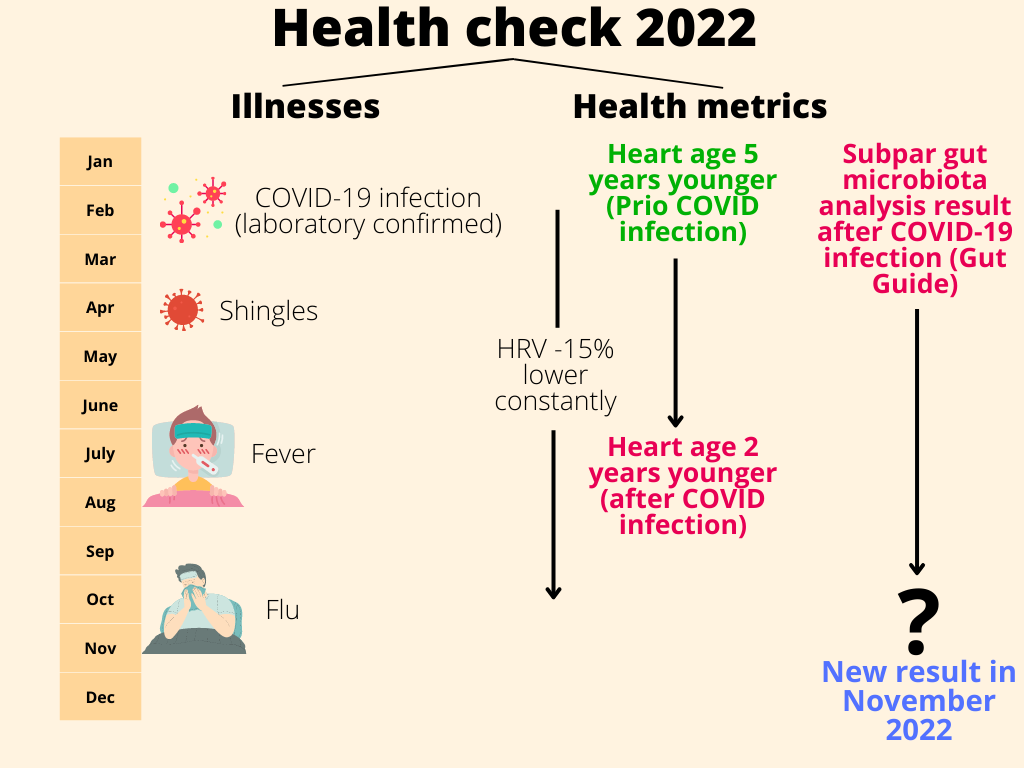
After the COVID-19 infection in February, I had shingles in April, a random fever in July, and flu in October. Being sick 4 times a year is unusual for me.
We can argue that my immune system was probably compromised after COVID-19, as we can see in my health metrics:
-Gut Guide microbiota result showed a scarcity of good gut bacteria
-HRV was significantly lower constantly
-My heart aged three years in 6 months, according to Nightingales’ advanced blood analysis
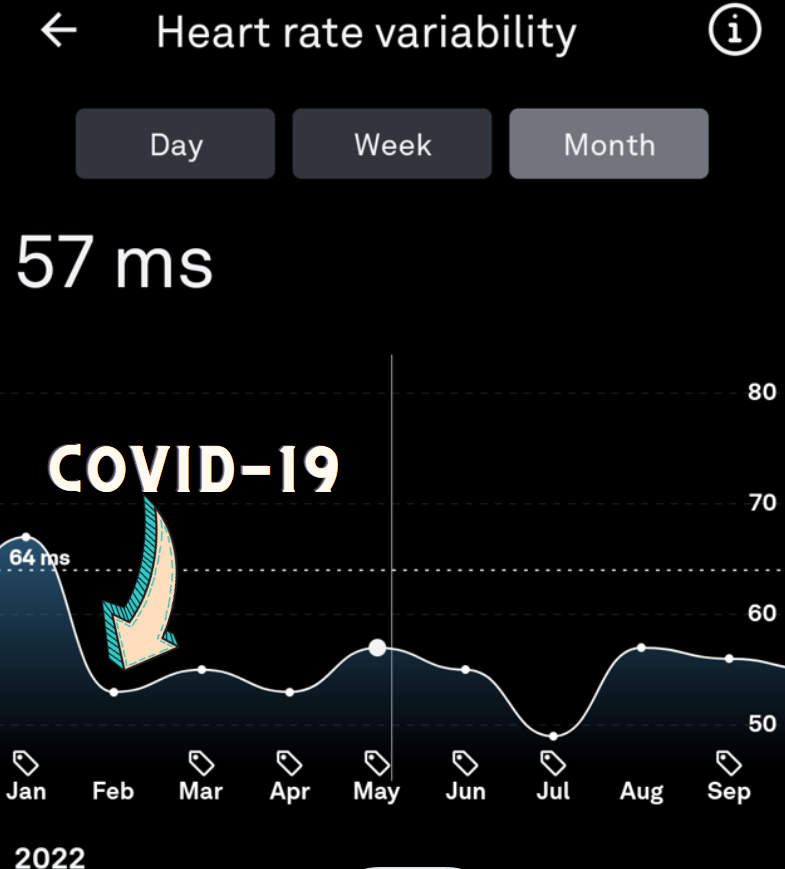
To get back on track, I should focus on my gut health. This means a clear strategy to increase the number of good bacteria in my gut.
2. Diet routine before the Gut Guide test in November 2022
I put my chips on the breakfast as it’s the easiest to control (I’m usually home eating it). Most mornings, I followed this simple routine (around five months):
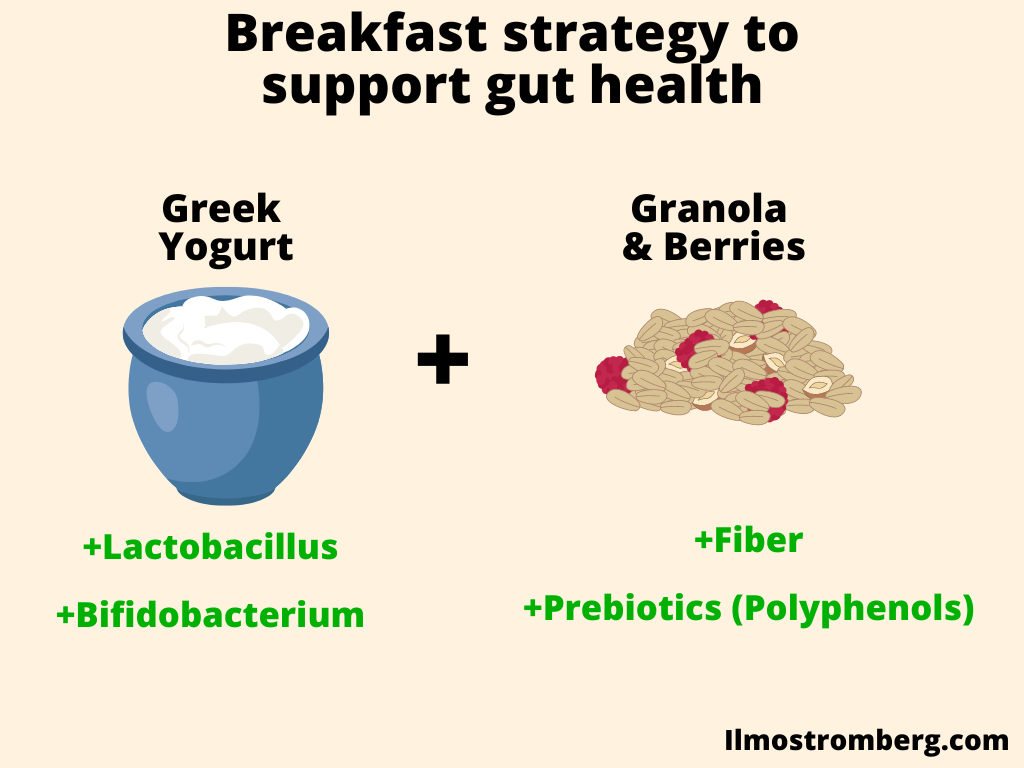
In addition to this, I supplemented with Gut Guide products 5 weeks before the retest
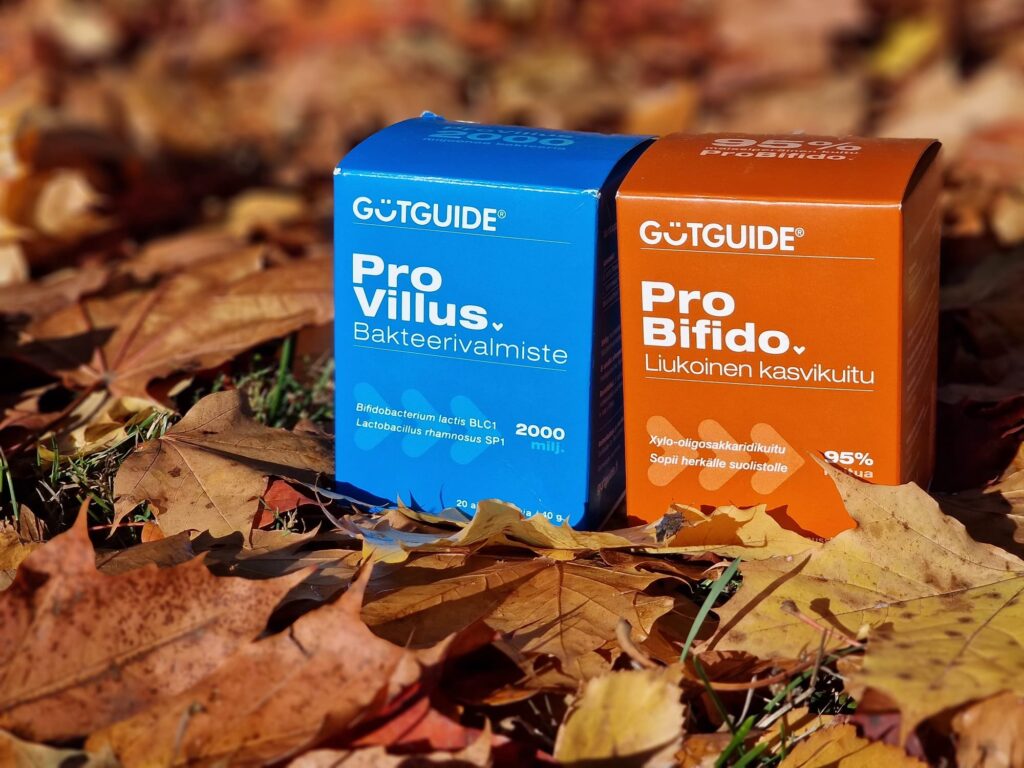
The blue one had bifido- and lactobacillus bacteria. The red one had xylooligosaccharides, which has great prebiotic potential [1]
In addition to this, I tried to eat kimchi at least once a week.
3. Results
I finally took the retest in November 2022; I was excited to see where I’m at.
Gut index result combines all the results from different bacteria species:

I received 66/100, which was the best result thus far!
I was pleased with the result as I was thriving for better gut health.
Next, let’s look at the individual bacteria species’ results.
Bifidobacteria result
Many large observational studies and meta-analyses have shown Bifidobacteria association with positive health outcomes. [2]
Interestingly, a healthy Japanese gut microbiome showed more abundance of Bifidobacterium than other nations [3]. Similarly, the average life expectancy is one of the highest in Japan.
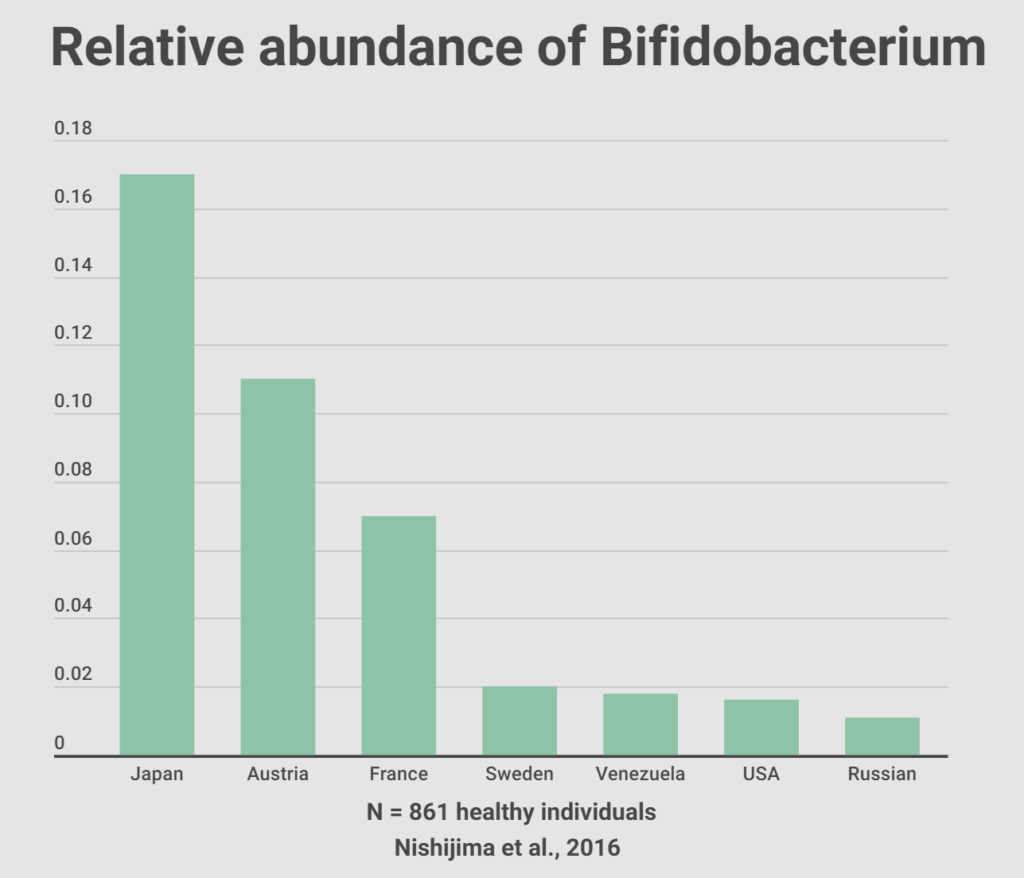
I was eager to improve my bifidobacteria levels, especially when my February 2022 result was terrible.

I increased my bifidobacteria levels by almost 400% from February 2022. For now, I want to keep these levels or even improve a little bit more.
Faecalibacterium result
Faecalibacterium has an important role in anti-inflammatory activities – Low levels of it could have weakened my immune system.

Again right direction, I increased my faecalibacterium levels by 93% compared to February 2022. However, I’m still on the wrong side of the meter, so I need to make some new adjustments to reach normal/optimal levels.
On a side note, there have been few studies showing the difference between faecalibacterium levels in severe COVID-19 patients and non-severe patients [4]
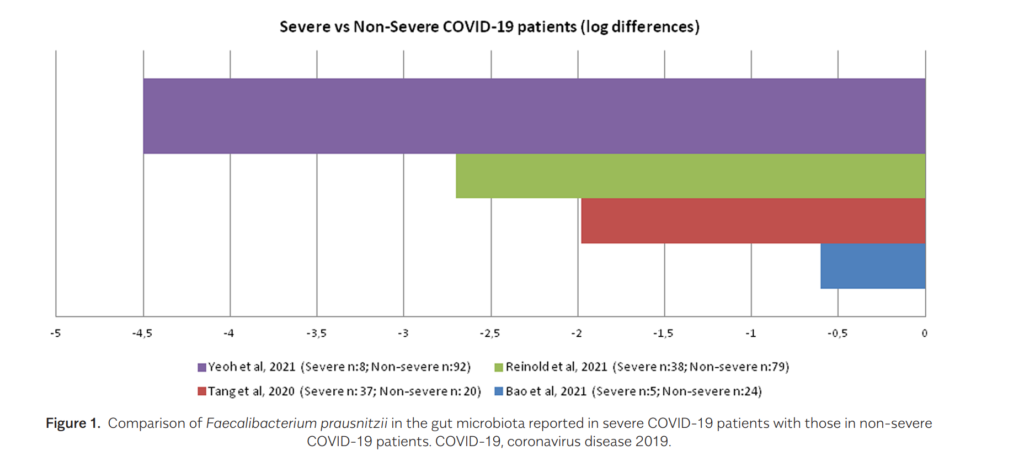
Lactobacillus result
The last so-called “good bacteria” is lactobacillus.
Lactobacillus can have a positive impact on the immune, oxidation, and overall gut health, as this interesting 3-week pilot from 2021 illustrates [5]

In lactobacillus, there was a small decrease in the wrong direction.
I was surprised by this result, as I was supplementing lactobacillus as much as bifidobacteria. However, it’s relevant to note that the share of lactobacillus in the large intestine is significantly lower than small intestine [6].

So it could be that the situation is better in my small intestine, and it’s not visible in the fecal microbiome [7].
Clostridium result

With Clostridium, there was around a 35% decrease to optimal direction, a similar result as in 2018.
Bacteroides result

With Bacteroides, there was around a 30% decrease in the suboptimal direction, but I’m still on the better side of the metric.
Streptococcus result

Streptococcus had a similar trend like Bacteroides, a small decrease in the wrong direction but nothing to worry about.
Fusobacterium result

Again, around 35% percent decrease in the wrong direction, but still in the normal range.
Gammaproteobacteria result (part of the Proteobacteria family)
If I had to choose the most important gut bacteria to monitor outside of the good bacteria, It would be the gammaproteobacteria. It is known as a common factor in human diseases [8]
If we again look at the Japanese gut microbiome study, we can see that Japan takes the 1st place once again:
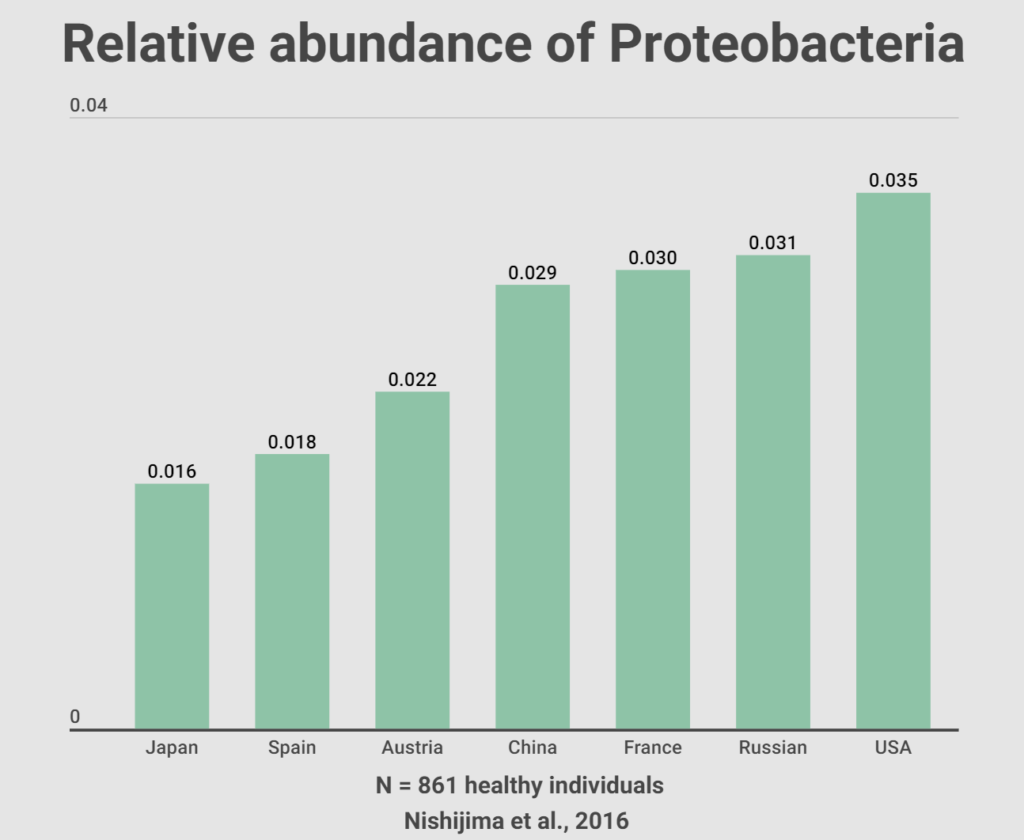
Gammaproteobacteria has been my weak point previously, so it was interesting to see where I’m at currently:

Wow! I basically maxed out in the wrong direction; this is not good!
Such a high number of gammaproteobacteria could be a case of food poisoning, but I did not have any symptoms, so this is a total mystery.
However, if we look at the past results, we can see that I have always been in a suboptimal range. Instead of just trying to figure out the newest result, I should also think reasons for overall poor results.
A week ago, I was driving a car and took a sip of water from my reusable water bottle. The water tasted funny, and instantly I had a huge aha moment.
What If I have been dosing myself with e.Coli-flavored water for many years, and this is the result? I will investigate this hypothesis next.
Dirty water with Gammaproteobacteria hypothesis
There are many different bacterias associated with contaminated water, including E.Coli and Salmonella [9].
These bacteria are also included in the gut guide analysis under gammaproteobacteria.
I found an interesting study where the cleanliness of reusable water bottles was investigated [10]:

Based on this, there’s the possibility that my gammaproteobacteria results are suboptimal because of frequent drinking of contaminated water and sports drinks from the same unproperly washed water bottle.
It’s clear that this needs to change – and even if I’m wrong, there’s no downside.
4. Focus points in 2023
Based on the November 2022 results, I have 3 focus points:

Strategy to increase Faecalibacterium
Faecalibacterium is tricky as its oxygen sensitive, not surviving long if exposed to air. So we have to forget typical yogurts or supplements with Faecalibacterium [11]
In my previous gut guide post, I set a target to eat Kiwi fruit to increase Faecalibacterium, based on the following study [12].
I will keep this target and try to eat Kiwi fruit daily, as this was something that I did not follow well enough.
In addition to this, I will increase the amount of non-digestible carbohydrates, such as inulin-type fructans, fructooligosaccharides, polydextrose, soluble corn fiber, and raffinose. All of these have been observed to increase the abundance of Faecalibacterium [13].
Food items include onion, garlic, asparagus, banana, peas, beans, and artichokes.
I will add banana to my daily morning yogurt and eat Kiwi in the evening before bed. For lunch or dinner, I favor the above-mentioned foods.
Increase Lactobacillus
I’m already supplementing with lactobacillus through Yogurt and Gut guide products, but I will also increase consumption of Kefir, mozzarella, and green table olives as they have been seen to have lactobacilli [14]
Decrease Gammaproteobacteria
Either I start to clean my water bottle intensely or come up with another solution. Few minutes on google and I found this:
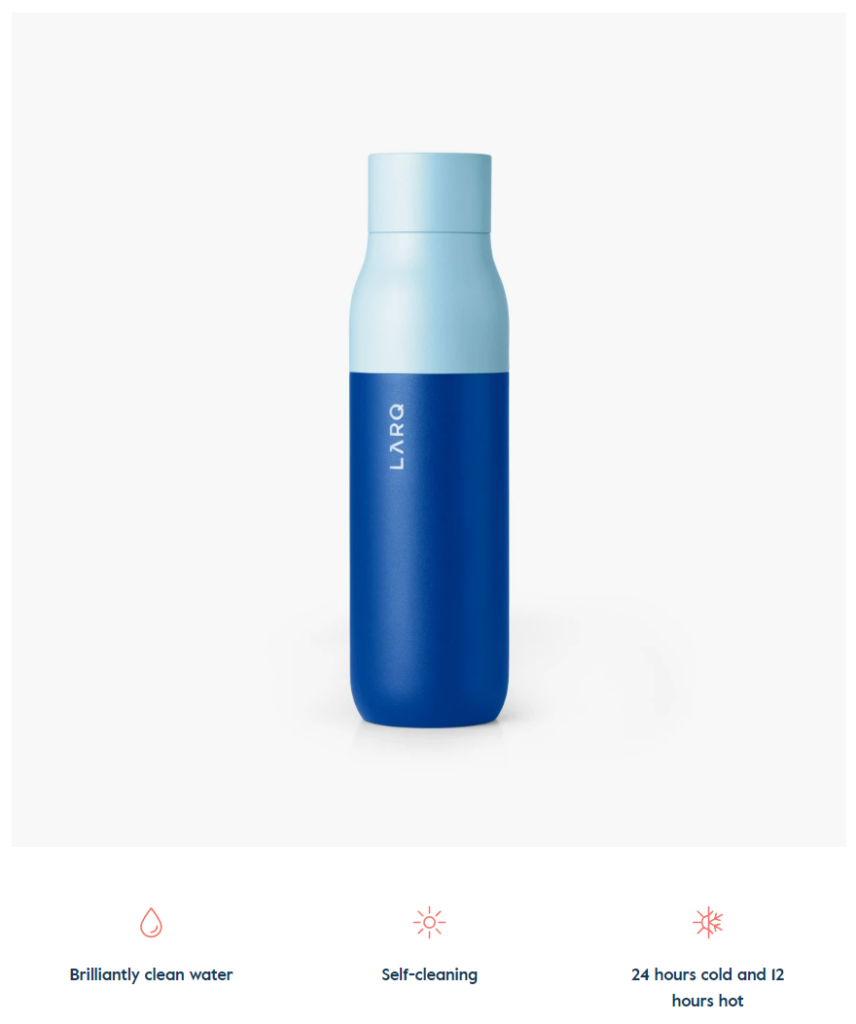
Based on UV-C LED technology, bacteria in the water should get their ass kicked (or that is what the LARQ claims).
I need to validate this before choosing this as a solution.
There are indeed studies showing the effects of UVC in disinfection [15][16]. However, I would like to see an actual peer-reviewed study on LARQ, which I didn’t find.
That said, LARQ does have a laboratory report that shows excellent bacteria (e.coli) reduction rate with their UV-C LED technology [17]
Pros out weights the cons easily, in the best-case scenario, my water bottle hypothesis is correct, and my Gammaproteobacteria levels will decrease in 2023. In the worst-case scenario, I have a pricy Scifi looking water bottle.
Summary for Gut health 2023 gameplan
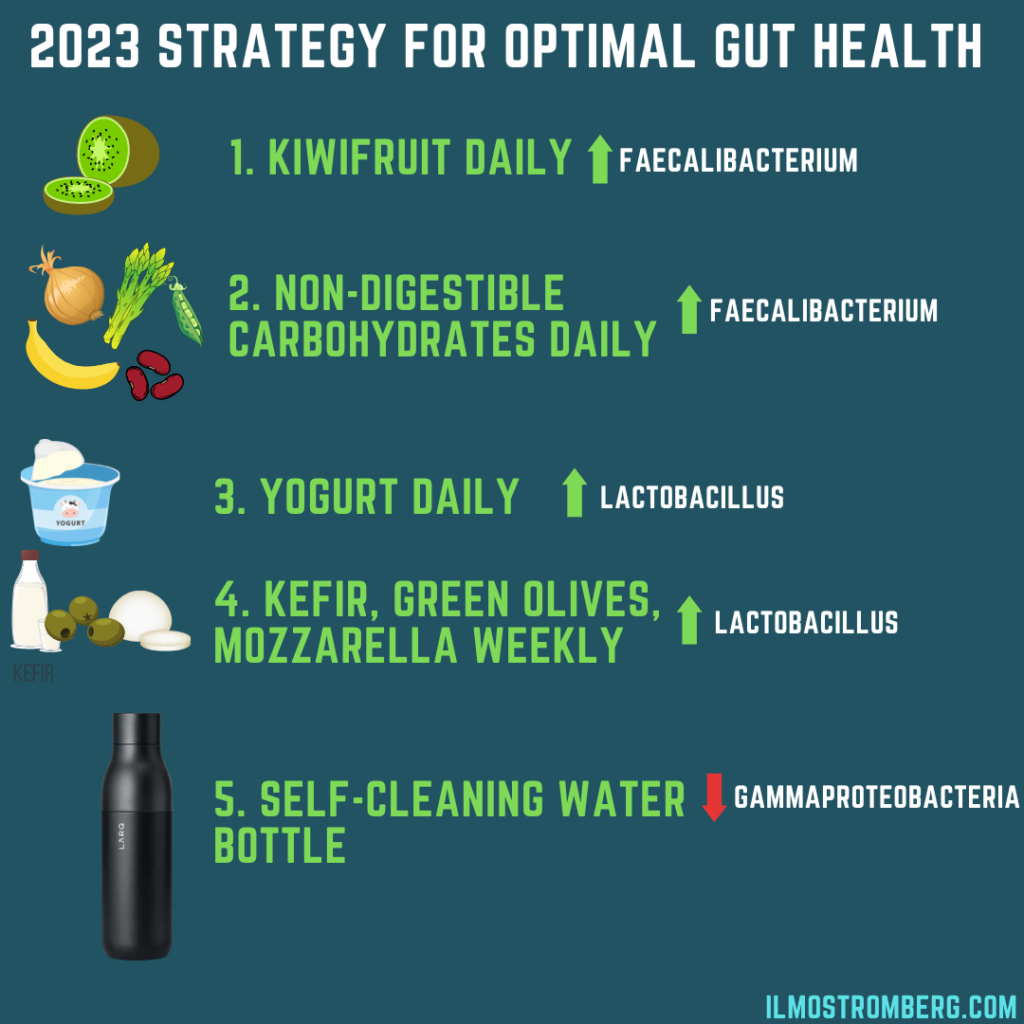
I’m planning to do the final test in 2023 – hopefully, then there will be a decrease in gammaproteobacteria.
As for my current health; I have felt good past 2 months, and I see a positive trend in my HRV; getting average values from 50 to 60, which starts to be close to my normal values before COVID-19.

Lastly, I can honestly recommend Gut Guides microbiota analysis. Its been big part of my biohacking journey.
Its pity that consumer microbiota analyses are not well known, althoug they have been available many years. Gut dysbiosis can be the root causes for many health issues!IO

